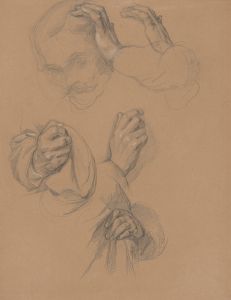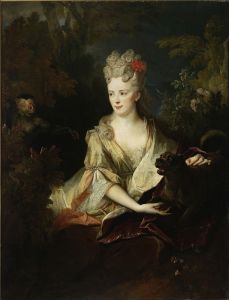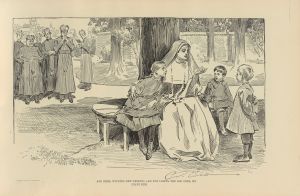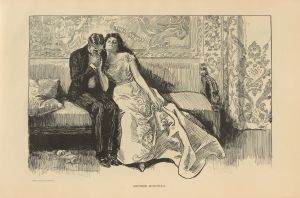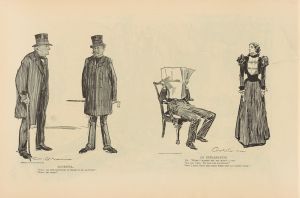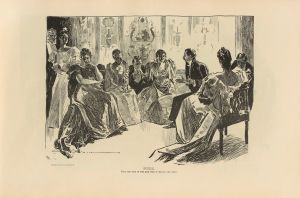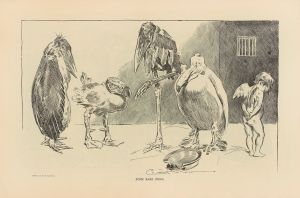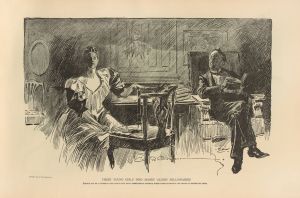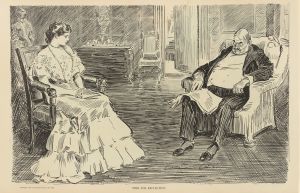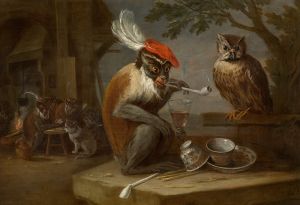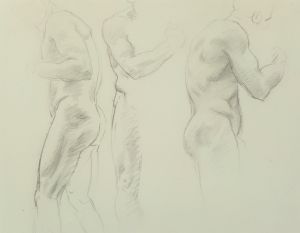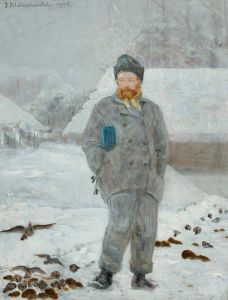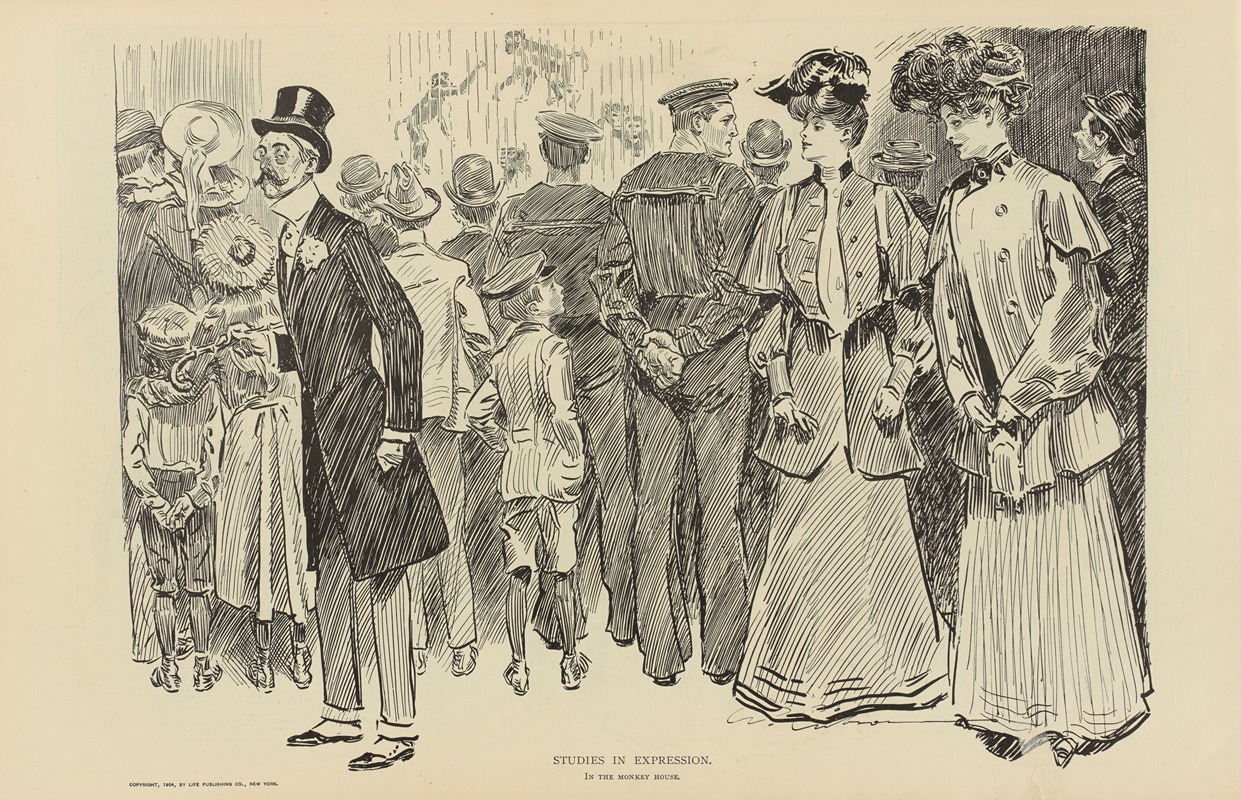
Studies in expression. In the monkey house
A hand-painted replica of Charles Dana Gibson’s masterpiece Studies in expression. In the monkey house, meticulously crafted by professional artists to capture the true essence of the original. Each piece is created with museum-quality canvas and rare mineral pigments, carefully painted by experienced artists with delicate brushstrokes and rich, layered colors to perfectly recreate the texture of the original artwork. Unlike machine-printed reproductions, this hand-painted version brings the painting to life, infused with the artist’s emotions and skill in every stroke. Whether for personal collection or home decoration, it instantly elevates the artistic atmosphere of any space.
"Studies in Expression: In the Monkey House" is an illustration by the renowned American artist Charles Dana Gibson, best known for his creation of the iconic "Gibson Girl." This particular work is part of Gibson's exploration of human expressions and social commentary, rendered through his distinctive pen-and-ink technique.
Charles Dana Gibson (1867–1944) was a prominent illustrator whose work gained widespread popularity in the late 19th and early 20th centuries. His illustrations were featured in major publications such as Life, Harper's Weekly, and Scribner's, making him a household name. Gibson's art often captured the social dynamics and cultural nuances of his time, and "Studies in Expression: In the Monkey House" is no exception.
The illustration depicts a scene set in a zoo's monkey house, where a group of people is gathered to observe the primates. Gibson cleverly juxtaposes the expressions and behaviors of the human visitors with those of the monkeys, highlighting the similarities and differences between the two groups. This comparison serves as a subtle commentary on human nature and societal norms, a recurring theme in Gibson's work.
Gibson's ability to capture nuanced expressions and body language is evident in this piece. The humans in the illustration display a range of emotions, from amusement and curiosity to contemplation and indifference. Meanwhile, the monkeys exhibit their own set of expressions, which mirror or contrast with those of the human onlookers. This interplay between the two groups invites viewers to reflect on the nature of observation and the human tendency to project emotions onto animals.
"Studies in Expression: In the Monkey House" is a testament to Gibson's skill as an observer of human behavior and his talent for translating those observations into art. His work often contained elements of humor and satire, and this illustration is no exception. By placing humans and monkeys in a shared space, Gibson blurs the lines between observer and observed, prompting viewers to consider their own roles in the social dynamics of observation.
The illustration also reflects the cultural context of the time, when visits to zoos and other public spectacles were popular forms of entertainment. Gibson's work captures the essence of these social outings, providing a window into the leisure activities and societal norms of the era.
Overall, "Studies in Expression: In the Monkey House" is a prime example of Charles Dana Gibson's artistic prowess and his ability to convey complex social themes through simple yet powerful imagery. The illustration remains a significant piece within Gibson's body of work, showcasing his keen eye for detail and his insightful commentary on the human condition.





